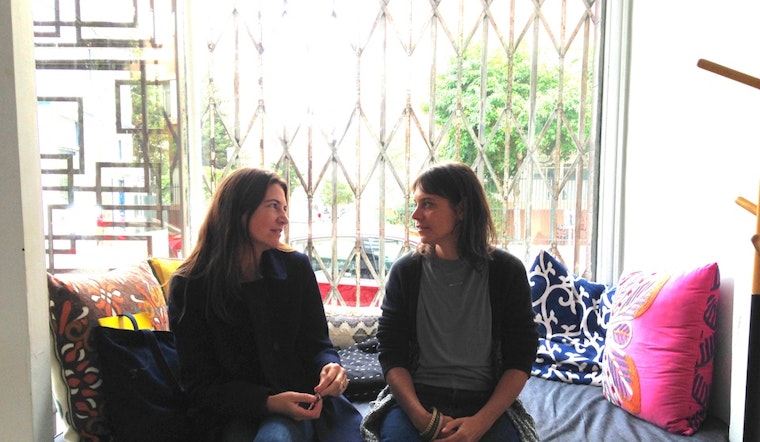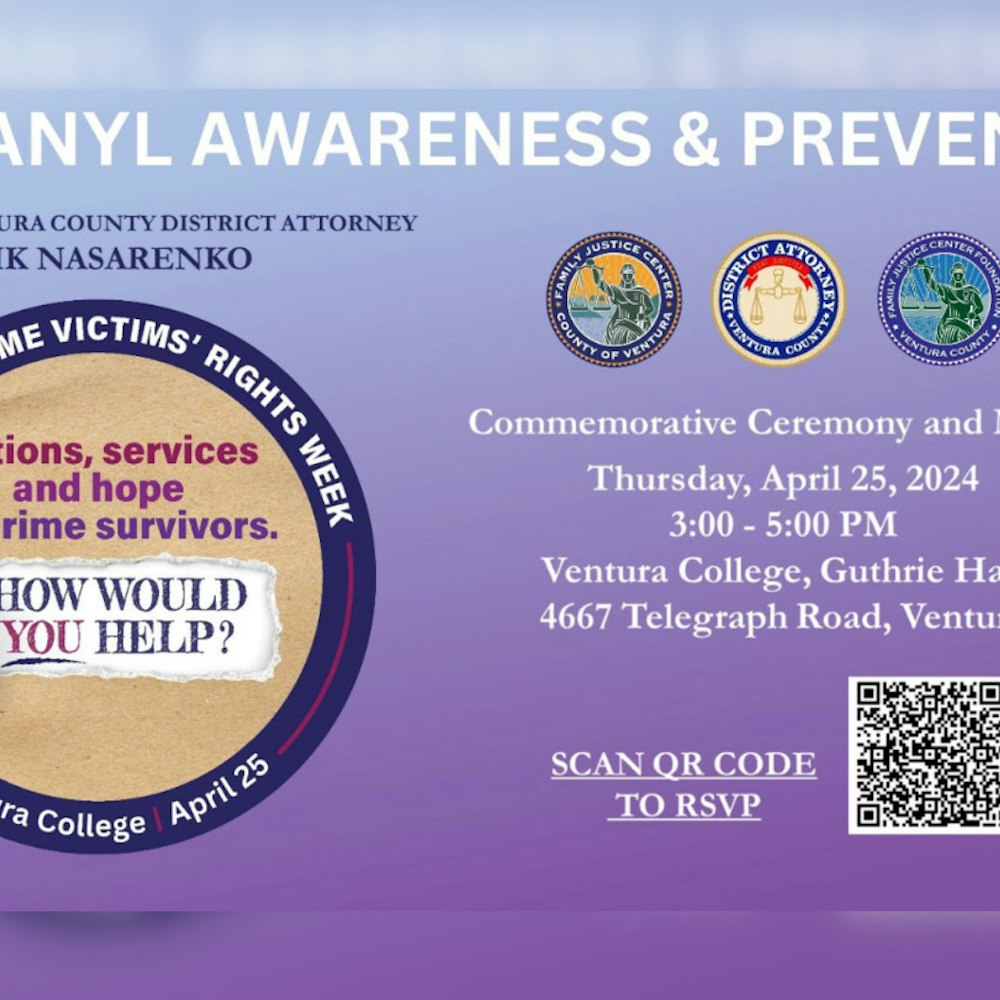
Storefront Institute is a new kind of organization that's part concept, part practice, part physical space. Currently based out of Hayes Valley's Makeshift Society (235 Gough St.), Storefront Institute aims to provide opportunities for the community to foster intellectual curiosity and to "connect people to ideas, and ideas back to people."
The Institute's fall program kicks off this Saturday, with workshops on everything from "habits of mind" with a mindfulness coach to nest-making in Golden Gate Park to astrological therapy and explorations of the pursuit of happiness. If that all sounds a bit abstract, well, it is. To learn more, we caught up with Claire Fitzsimmons and Kate Griffin, the pair behind the project.
How did you two meet, and how did this come about?
Claire: I’d been in the art world for a long time, and loved it, but at the same I was getting more and more interested in psychology because my mother started to get sick. I started having these conversations about psychology and therapy and medication, and looking out for ourselves, and it felt very real and immediate. I got to a point where those two worlds were disconnecting; contemporary culture is about ideas and how to be in the world and how to be a person, but it wasn’t having this real application about what was going on in my personal life. So I decided to take time out from the art world.
I realized my skills were about how to put people together, and how to put ideas together. I spent a year talking to specialists about how they functioned in the world: designers, artists, architects, therapists, and academics, and through that I came to meet Kate. We started talking about bringing the School of Life [in London] to San Francisco, and through talking about that we started to develop what we were interested in and thinking about Storefront.
Kate: I have a PhD in American Studies. I always lived in that intellectual space, but I ended up feeling increasingly dissatisfied about what was possible within an academic framework, and became really concerned that I was going to spend the rest of my life talking to the same five people about the same five ideas. So I went into the nonprofit sector for many years. But I didn’t realize that in doing that I was going to give up that world of ideas. I felt a loss of that kind of learning and thinking community.
I always thought that there should be some way to create institutions and spaces where there’s room for that in people’s lives. I think we all miss that as we get older—as you go out in to the real world, all of a sudden your access to a place where you can sit down with people and have relevant conversations about what is life about and how can you do it better disappears. So when Claire and I met, we realized we shared common ground about a vision for what it could look like to bring people together to have conversations about real-world issues in a meaningful way and actually practice that.
How did those ideas become Storefront Institute?
Kate: I think there is a real need around it. We don’t have public space the way we used to and I think we all feel the loss of that. It’s a crazy world that we’re living in, and it’s crazier than it’s ever been. The way that our lives are shifting is monumental. It’s about technology, our relationship to the natural world, the way that cities are evolving; I think we’re all struggling to catch up with that and think about what that means.
How would you describe Storefront?
Kate: Our parents grew up with the assumption that the world we grew up in was going to be pretty similar to the world they were in. I don’t think any of us have that assumption anymore. That’s a hard thing to wrap your head around, and think about what it means for our personal lives and our emotional lives and our attempt to be well and happy in the world. So where do you go to do that? You’re not going to do that in a university, or a museum, in your workplace necessarily. We need to figure out how to create spaces for people to engage those questions that I think are really essential to peoples’ lives now. This is our attempt at one answer.
Claire: A lot of what we do is very intimate. It’s not about going to a lecture hall and listening to one person speak and then going off on your own. Once we talk about it, people are like, 'Oh I get it, that’s really interesting'—but how do you make the case for something that doesn’t already exist?

What is Storefront trying to accomplish?
Claire: Programmatically it’s one thing, but the space is another thing ... It’s the place to go to to think about what’s happening in your life and the world around you. Work, money, creativity, relationships—where do you go? You go to Storefront.
Kate: With the wellness industry, you can get a lot of how-to classes all over the place. And it has that element, but the role of the practitioner is more about helping to put a frame around that work of doing and creating and help people have conversation about and thinking about issues that come out of the making of that object.
Claire: Increasingly there are social practitioners thinking about these ideas, but how do you get them in a room with people?
What does Storefront actually do?
Claire: There are four strands that we’re beta testing. [Those four strands are lessons, series, practice studio, and office hours. You can learn more on the website.]
What does it cost?
Claire: We tried to keep it really affordable. There’s such huge breadth in pricing this material, but we want it to be accessible. Sometimes this kind of thing can become elitist, this lifestyle thing; Storefront isn’t about that.
Who are some of the practitioners? Can you provide an example?
Kate: One of them specializes in money. She originally trained as a financial planner, but found that wasn’t answering all the questions that people needed answered, so she started thinking about how to help people think about their relationship with money. Not just the technical, but more: how do feel about money? How do you spend money? How does that reflect your values?
Claire: You won’t be doing Excel spreadsheets with her.
Kate: I think we all understand that we have issues with money, in certain ways, no matter who we are. But this is an example of what Storefront aims to do: this is something that is important to you: we want to help with the how, the why, and help you articulate that and give you tools to shift your thinking about it.

How did you come to Makeshift Society for now, and what kind of space will it eventually be?
Claire: We eventually do want a “storefront” of our own, but we didn’t want to wait. Makeshift Society has a space that makes sense in terms of what we imagined our own space to be. And it’s mission is aligned too: how do you create creativity? We’re seeing it as a residency. Hopefully in a year or two we’ll have a storefront of our own.
Storefront’s fall season gets underway this weekend; you can explore the offerings and buy tickets here.









-1.webp?w=1000&h=1000&fit=crop&crop:edges)